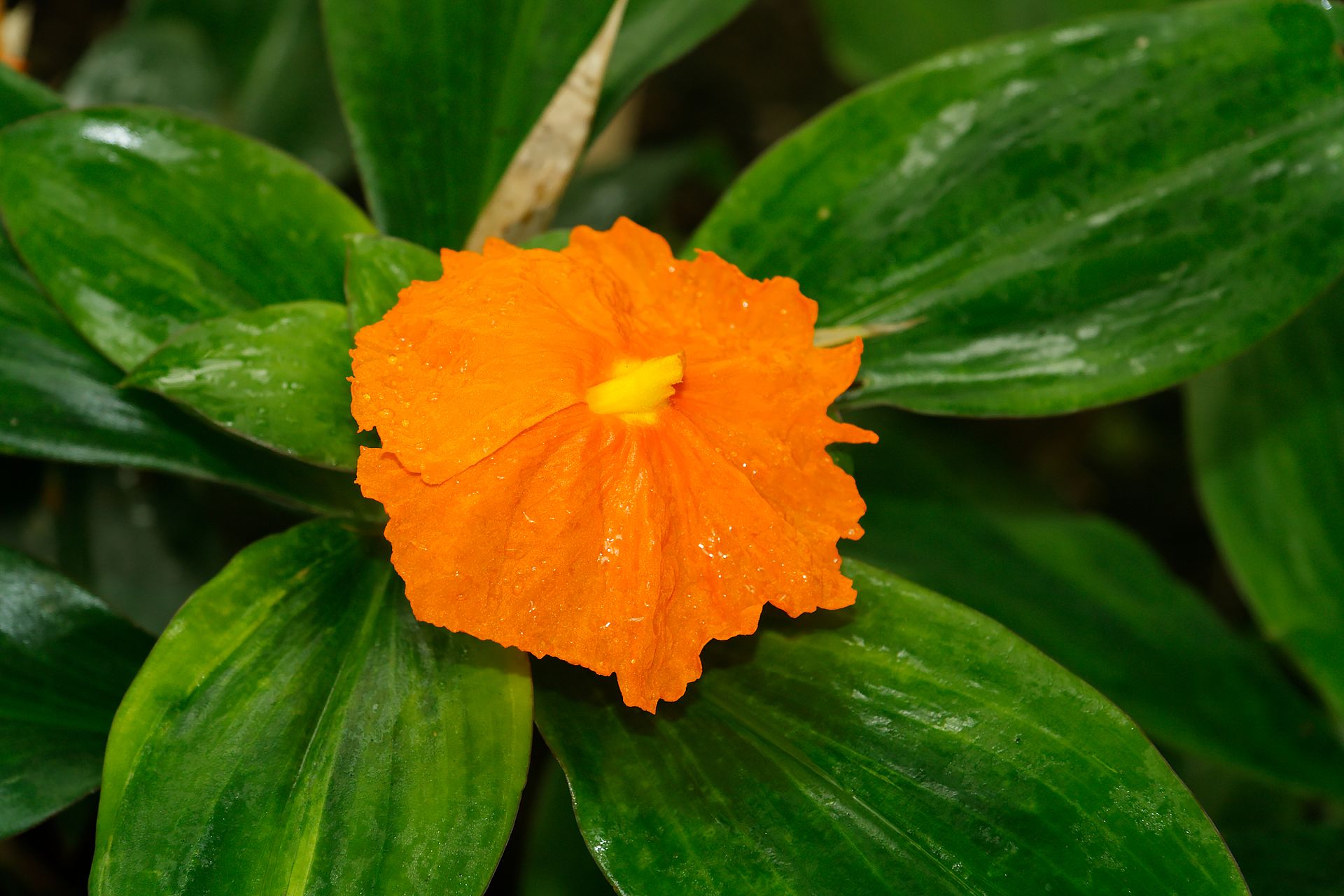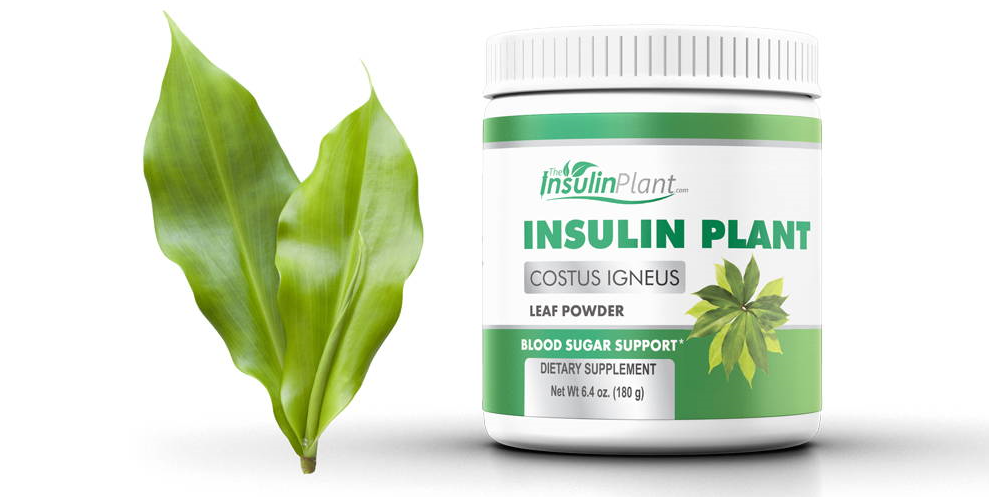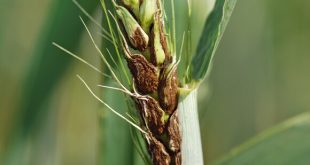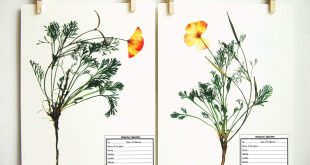According to WHO (World Health Organization), about 463 million people in the world are living with diabetes. A piece of alarming news had come up that, in 2019, 1.5 million people in the world had died because of this disease. Diabetes is also a very common disease amongst the people of Bangladesh. In 2019, around 8.4 million people were affected by this disease. The infected rate is about 80 million in just South Asia and it is expected to increase up to 151 million by 2045. What is diabetes and what is an insulin plant? We will check these out in this article.
What is Diabetes?
Diabetes is a chronic or long-lasting health condition in our body that indicates a rise in blood sugar levels in our blood. Simply talking, most of the food we consume regularly turns into glucose because our body cells cannot intake those in solid forms. After the digestion process, an amount of glucose or blood sugar mixes into our bloodstream. Blood transports glucose to our cells. But in order to absorb this glucose, our cells need a hormone. Our pancreas produces a hormone called Insulin. Insulin mixes with our blood and helps our cells to consume the blood sugars. It also helps to store extra glucose in our liver and in other fatty cells.

Whenever the blood sugar increase in our blood our brain signals the pancreas to produce Insulin. But sometimes the pancreas can not meet the demand of producing enough Insulin for glucose intake. Sometimes it is our cells that can not respond to insulin properly. As a result, the amount of sugar in our blood keeps rising. This increased amount of sugar in our blood then creates many other hazardous diseases such as kidney disease, heart disease, vision loss, etc.
Types of Diabetes
Diabetes is of 2 Types. Type 1 is a situation where an auto-immune reaction stops the body to make Insulin. This case is not so common (5-10%). The patient has to take Insulin regularly to survive. Sadly there is no prevention for this. Type 2 diabetes is a situation where the patient’s body can not properly use Insulin and can not keep the blood sugar level at an accurate level. This is very common (90-95%). Leading a healthy life can prevent this type of diabetes. ‘DDD’ refers to Diet, Discipline, and Dose- which is the key to prevent Type-2 Diabetes.
What is an Insulin Plant?
Chamaecostus cuspidatus or Costus igneus, commonly known as fiery costus, step ladder or spiral flag, is the insulin plant. It is a herbaceous plant. it belongs to the family Costaceae. This family consists of four genera and approximately 200 species. The genus Costus is the largest in the family with about 150 species that are mainly tropical in distribution. This plant is native to eastern Brazil. Basically, it is known as insulin plant in India because of its anti-diabetic properties.
It has large fleshy-looking leaves. There is a large purple shade underside of the leaves. The leaves are spirally arranged around the stem. This gives them an attractive formation. The maximum height of these plants is about two feet. The orange-colored flowers are 1.5 inches (3.8 cm) in diameter. Basically, flowering occurs during the warm months. And they are like coneheads at the tips of the branches. Also, this is an ornamental plant in the gardens of America.

Insulin plant is quite relatable with the gingers because of their rhizomes. Actually, they were part of the family Zingiberaceae. But now the costus species are reclassified and described under a new family Costaceae. Their vegetative reproduction occurs by rhizomes. Birds disperse their seed when they feed on the fruits. The plant grows really fast. It is a lower grower plant and can grow both in sunlight and partially shady areas. The propagation of the plant is by stem cutting. Actually, it is cultivated in India for its medicinal purposes.
What are the benefits?
The insulin plant is well known for its green foliage. Studies have proved that the leaves are the bearer of a chemical that cuts off the menaces of diabetes. Significantly the chemical can reduce the spiking blood sugar. The leaves also have certain nutrients. They are protein, terpenoids, flavonoids, antioxidants, ascorbic acid, iron, B carotene, corosolic acid, and others. The dried leaves are used for medication in ayurvedic medicines. Corosolic acid in the leaves of this plant works magically. It enhances the secretion of insulin from our pancreas. Thus it triggers the abated glucose level in our bloodstream and cures the condition. Also, it possesses various pharmacological activities. Such as hypolipidemic, anti-microbial, antioxidant, diuretic, anti-cancerous, etc.

A cross-sectional human study says in the Journal of Clinical and Diagnostic Research that, regular consumption of Insulin Plant leaves, by diabetic subjects, resulted in a statistically significant reduction in the fasting and postprandial blood sugar levels in all the patients who consumed the leaves. There were noticible improvements from day 15. Glycemic control on the 60th day was better than day 15 and day 30. In patients who had non-healing leg ulcers, or recurrent urinary tract infections, the problems were resolved. Patients who could not undergo surgery for cataracts, due to fluctuating and high fasting blood sugar could successfully undergo surgery with no post-operative complications by consuming the leaves of insulin plant.
How to eat this?
Actually, corosolic acid is the active component of insulin plant. When a person consumes this regularly, the secretion of insulin rises up. Doctors say that chewing one leaf a day for one month can bring a significant improvement for diabetic patients. But the dose is not the same for all. Only a doctor can prescribe the amount of daily consumption of the plant. One should not consume more than the prescribed amount or else it can be hazardous. People can also dry up the leaves and grind them. Then the dry powder should be consumed regularly but not more than one teaspoon.
However, these results need further evaluation and revalidation by clinical trials. The anti-diabetic effect of its leaves is currently on test in diabetic patients. Studies have revealed its role in various diseases. Thus it has opened up a lot of new clinical research areas to the researchers.
References and Other links
 Plantlet The Blogging Platform of Department of Botany, University of Dhaka
Plantlet The Blogging Platform of Department of Botany, University of Dhaka






Very informative and interesting. From where in Bangladesh can we find one? And is it OTC drug?
I’ve seen some importers import the leaves from the USA and powder medicine from India. Still not sure about being an OTC drug here. They are expensive to buy. But visiting nurseries would be helpful to gather informations about buying one from Bangladesh.
This is more than expectation. Really impressed a lot.
Thank you so much for your precious feedback.